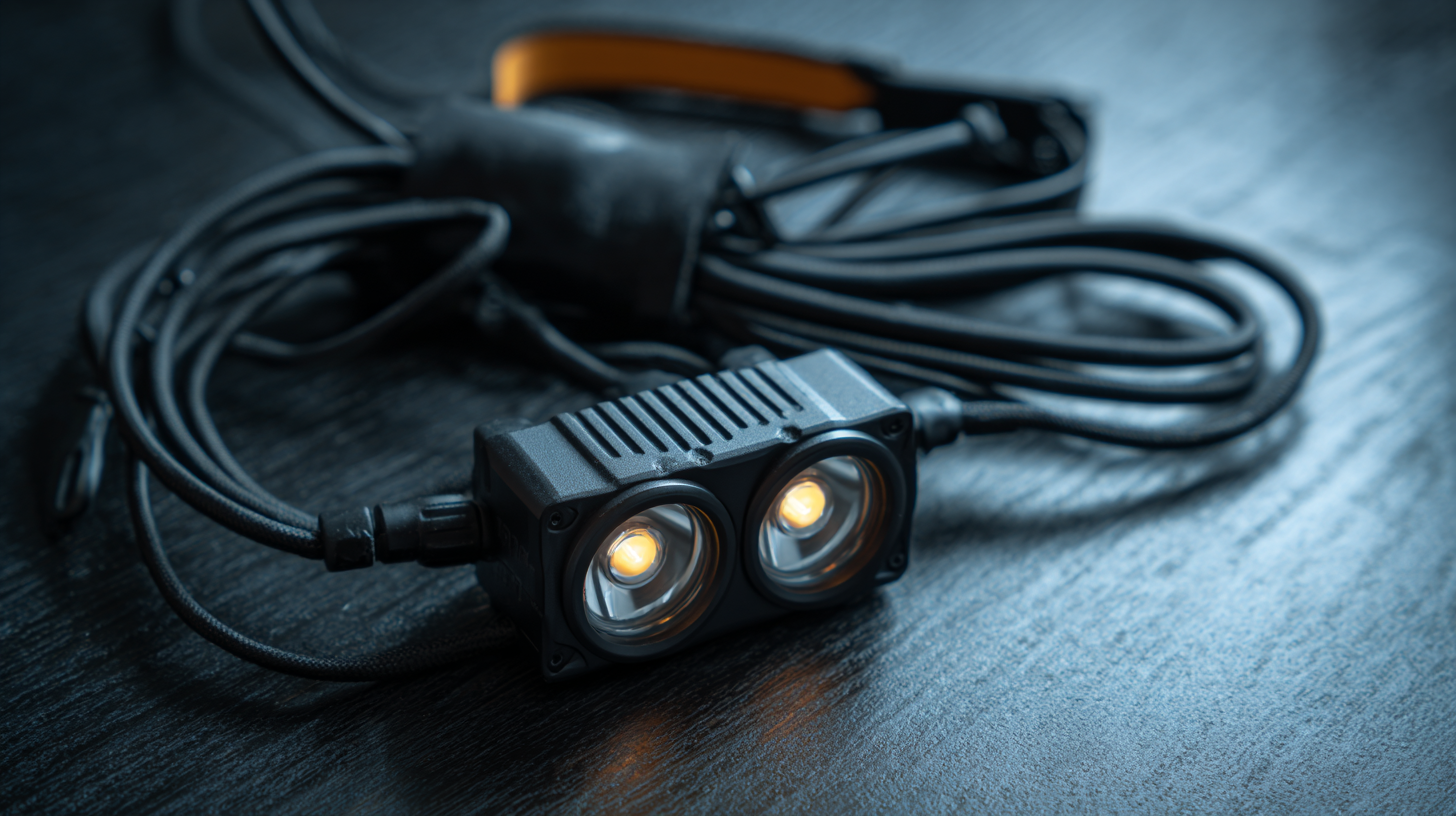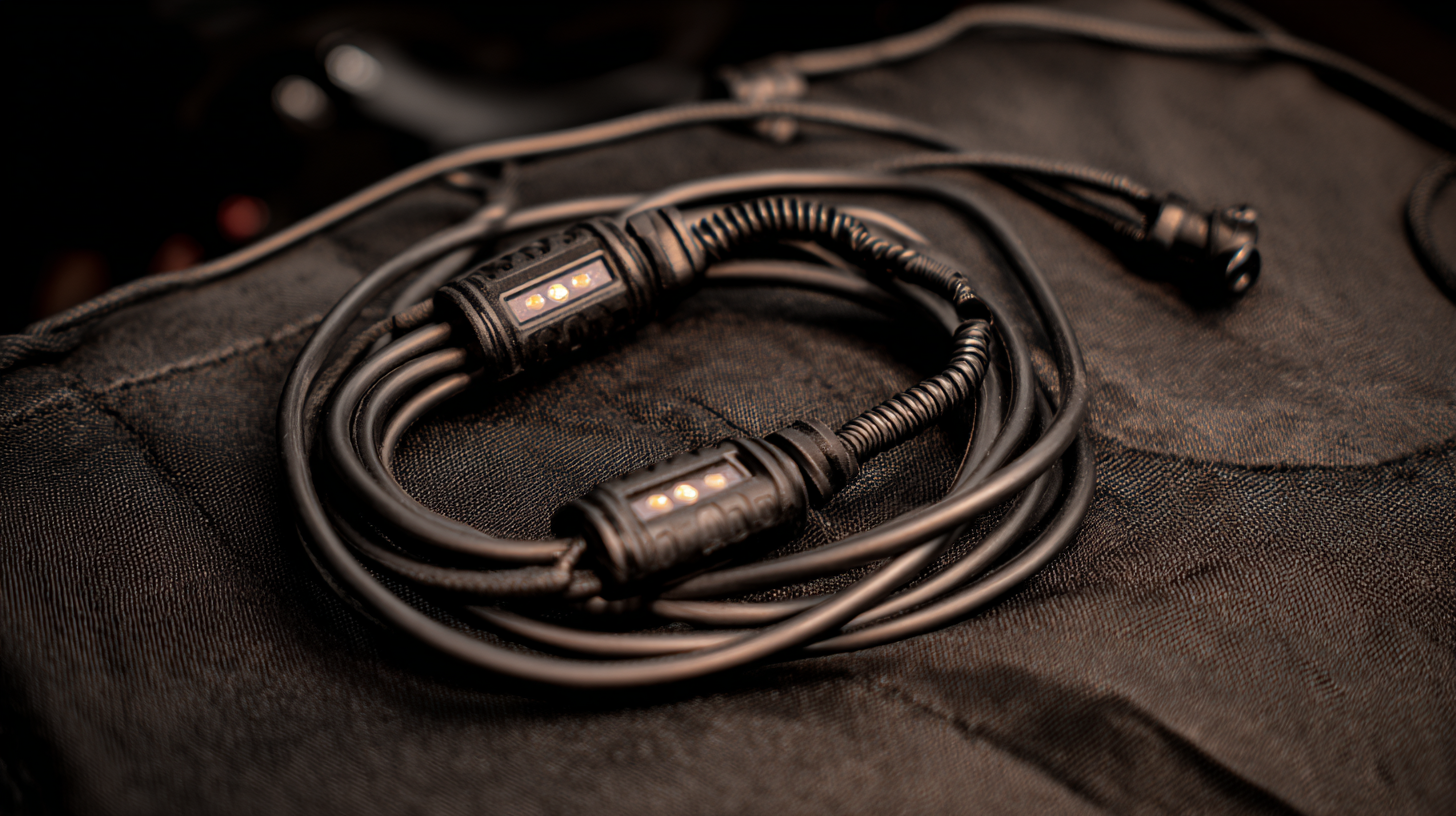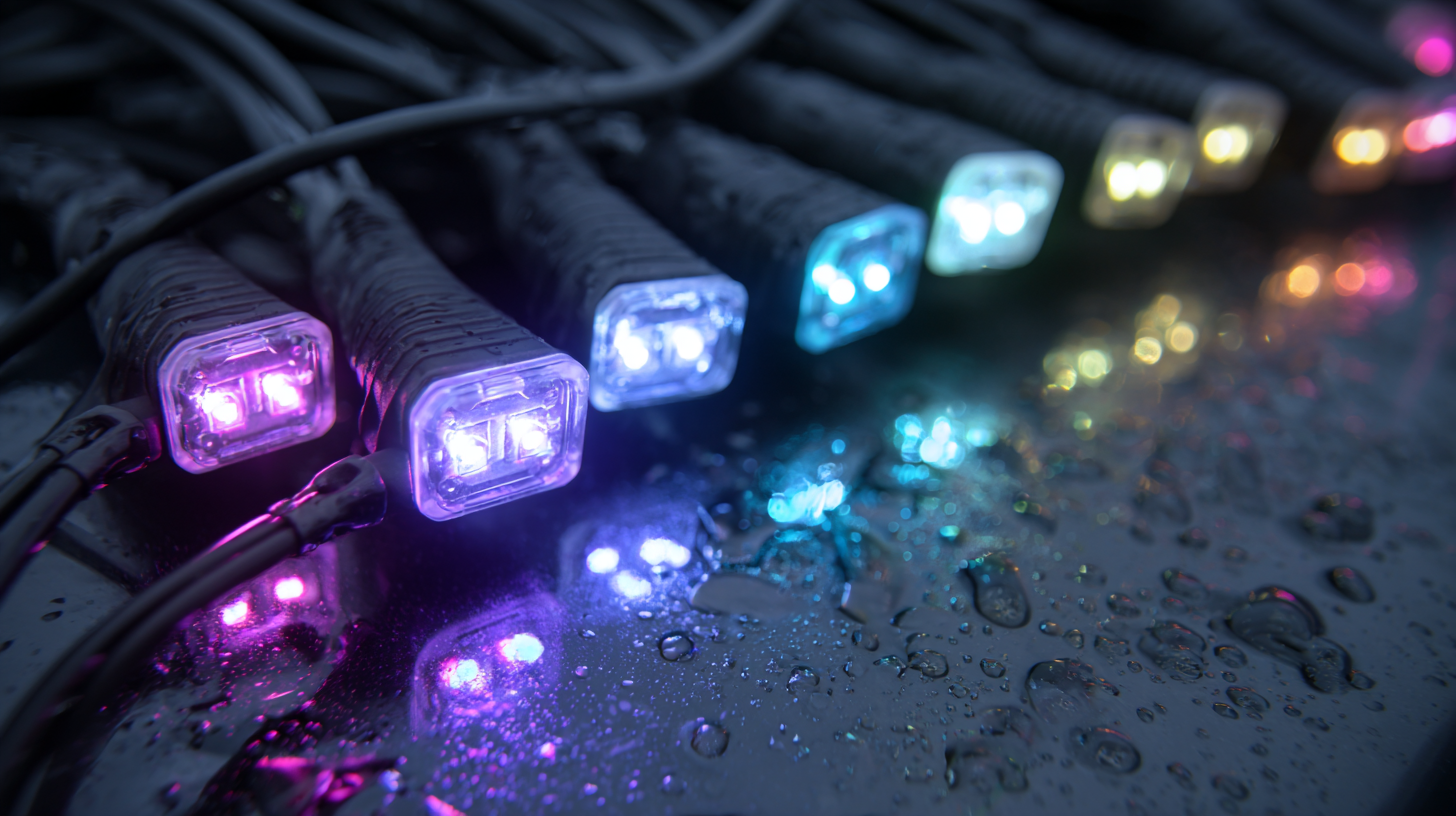How to Choose the Best LED Light Harness for Optimal Performance and Efficiency
As the demand for efficient and high-performing lighting solutions continues to rise, the market for LED light harness systems is projected to experience significant growth. According to a recent industry report, the global LED light harness market is expected to reach $XX billion by 2025, driven by advancements in technology and increasing adoption across various sectors including automotive, industrial, and residential applications. With an emphasis on optimizing illumination while minimizing energy consumption, choosing the best LED light harness has become vital for both manufacturers and consumers.

This blog will explore key factors to consider when selecting LED light harnesses, ensuring peak performance and efficiency in light applications. Understanding these elements can lead to substantial improvements in energy savings and product longevity, making it essential for stakeholders to stay informed about the latest innovations in this dynamic industry.
Understanding LED Light Harness: Key Technical Specifications to Consider
When selecting the best LED light harness for optimal performance and efficiency, understanding key technical specifications is crucial. LED lighting technology has progressed significantly, with the average luminous efficacy now exceeding 200 lumens per watt for high-quality products. This advancement means that not only do LEDs consume less energy, but they also provide superior brightness compared to traditional light sources. Key specifications to consider include the wattage of the LED harness, the heat dissipation capabilities, and the materials used in construction, as these factors directly influence the overall efficiency and longevity of the lighting system.
For instance, a well-designed LED light harness should feature advanced thermal management solutions, given that overheating can lead to reduced light output and shorter lifespan of the LEDs. Industry reports indicate that effective heat dissipation mechanisms can extend LED performance by up to 50%, emphasizing the need for quality materials and design. Furthermore, as the market shifts towards more innovative display technologies like Micro LED, which promises unparalleled clarity and efficiency, the importance of choosing the right LED harness becomes even more apparent in sustaining high performance under varying operational conditions. This alignment with emerging technologies signifies that potential upgrades in LED harnesses could be necessary to stay competitive in an evolving landscape.
Evaluating Efficiency: Comparing Different Types of LED Light Harnesses
When it comes to maximizing the performance and efficiency of LED lighting, choosing the right harness is crucial. LED light harnesses vary in design, materials, and functionalities, which directly impact their energy consumption and light output. By evaluating different types, you can ensure that your lighting systems operate at optimal levels while minimizing energy waste.

Tips: Consider the compatibility of the harness with your LED lights to avoid power loss. It's also important to assess the wiring quality; high-quality materials can significantly improve efficiency and longevity. Pay attention to the harness's insulation and connectors, as these features can enhance the overall performance of your lighting setup.
Moreover, think about the wiring layout in relation to your specific application. Different environments—such as outdoor versus indoor—may require distinct harness types for enhanced durability and efficiency. Always opt for harnesses that feature advanced technology like waterproofing or thermoregulation, ensuring they can withstand various conditions without compromising their performance.
Top 5 Features to Look for in an Optimal LED Light Harness
When selecting the best LED light harness, several key features can significantly enhance both performance and efficiency. First and foremost, look for a harness with high-quality materials. A durable build not only ensures longevity but also improves resistance to elements like water and dust, which are crucial for outdoor usage.
Another essential feature to consider is compatibility. Ensure that the harness is specifically designed for your LED lights and vehicle model. This guarantees a proper fit and optimal performance, preventing potential issues like flickering or inconsistencies in brightness.
Lastly, check for user-friendly installation features, such as plug-and-play systems or detailed instructions. Many top-rated harnesses come with pre-wired connectors, making installation a breeze for both beginners and seasoned DIYers.
Tip: Always read customer reviews before purchasing, as they can provide insight into the harness's performance and reliability in real-world scenarios. Choosing an LED light harness that ticks all these boxes will not only enhance your lighting experience but also contribute to energy savings and better efficiency.
Maximizing Performance: Installation Tips for Your LED Light Harness
When it comes to maximizing the performance of your LED light harness, proper installation is crucial. According to a report by the Lighting Research Center, incorrectly installed LED systems can reduce light output by up to 30%, in addition to affecting energy efficiency. To achieve optimal performance, it’s essential to follow manufacturer guidelines meticulously while ensuring that all connections are secure. Utilizing the right gauge wiring can also help minimize voltage drop, which has been shown to negatively impact light levels and increase energy consumption.
Furthermore, consider the placement and orientation of your LED light harness. The U.S. Department of Energy reports that strategic installation can enhance illumination quality and reduce glare, leading to better visibility and safer environments. For example, mounting lights at appropriate heights and angles can help in evenly distributing light while reducing hotspots. Additionally, using dimmers or smart controls can further optimize energy use, allowing users to adjust brightness based on specific needs. By adhering to these installation tips, you’ll not only improve the performance of your LED light harness but also ensure long-term efficiency and durability.
Cost Analysis: Budgeting for the Best LED Light Harness Options
When it comes to selecting an LED light harness, budgeting plays a crucial role in ensuring you get the best value for your money. LED light harnesses vary significantly in price, often influenced by their features, durability, and efficiency. To effectively manage your budget, it's essential to establish a clear understanding of your lighting needs and the specific conditions under which the harness will be used. For instance, a robust harness may carry a higher initial price tag but can save you money in the long run through increased energy efficiency and longer lifespan.
In addition to upfront costs, consider the ongoing expenses associated with the LED light harness you choose. Look for options that offer warranties or service plans as these can provide peace of mind and mitigate repair or replacement costs in the future. Furthermore, analyzing the power consumption and expected output can help you make informed decisions that align not only with your budget but also with your long-term efficiency goals. By taking these factors into account, you can identify LED light harnesses that not only fit your budget but also enhance your overall lighting performance.

